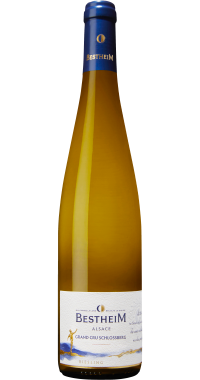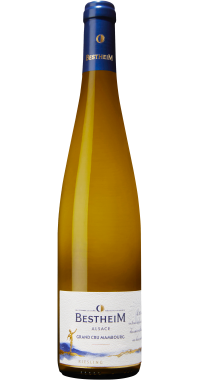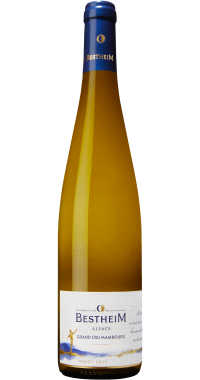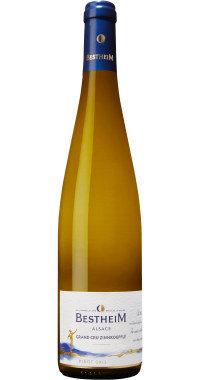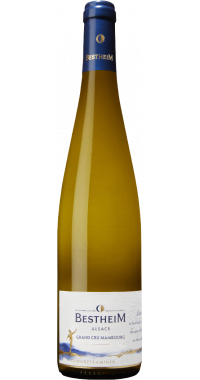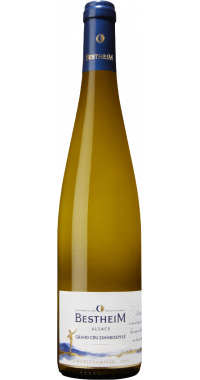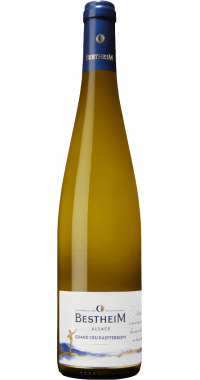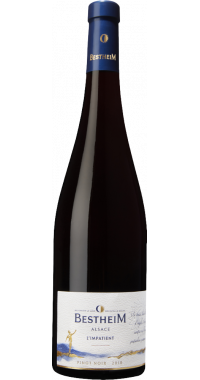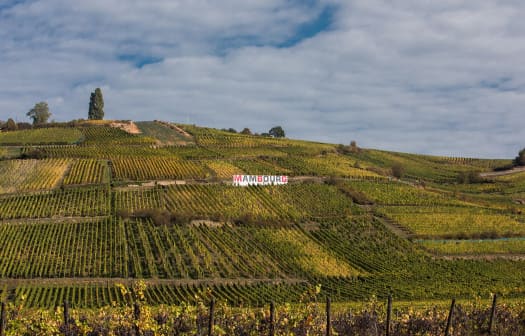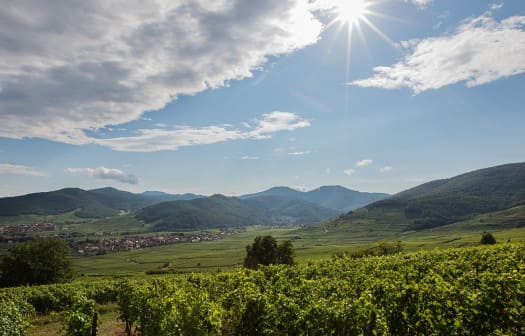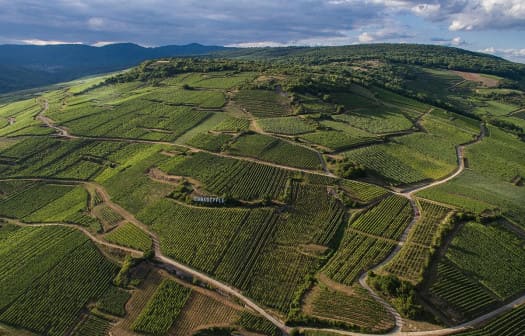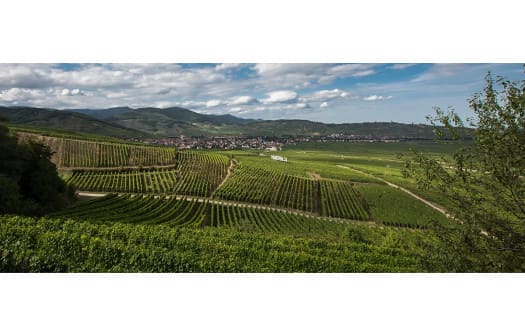
Grand Cru Wines
Timeless terroirs
The 51 Grands Crus of Alsace
Today there are 51 terroirs delimited according to very strict geological and climatic criteria. Alsace is very rich in soils and from one hill to another the very nature of the geological components can vary. It is these specificities of the region's land that make up the mosaic of Alsace's Grands Crus. The wines made from it represent about 5% of Alsatian wine production.
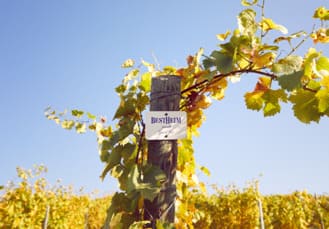
Grand Cru wines of great richness
Spread over the sub-Voscian hills, between 200 and 400 metres above sea level, and ideally exposed, the Grands Crus benefit from maximum solar radiation and an extraordinary diversity of soils. These soils, of an unparalleled diversity and phenomenal richness, allow us to grow vines that will produce subtle resonances that we will find in our Great Wines of Alsace.
Symbiosis between geology and grape variety
These climatic and geological advantages, combined with a judicious choice of the grape varieties best suited to each terroir, favour a slow and prolonged ripening of the grapes and the blossoming of aromas of great finesse. Wines from Grands Crus are exceptional wines of incomparable quality.
The history of the Grands Crus of Alsace
The notion of Grand Cru appeared in Alsace as early as the 9th century. But it was only several centuries later that the Alsace Grand Cru Appellation was established and recognised by the INAO (National Institute of Origin and Quality). Between 1975 and 2007, 51 localities were gradually defined, with the surface area of these plots varying from 3 to 80 hectares. Very strict rules concerning production, grape varieties or yields must be followed in order to be able to label one's wine with an AOC. Only four grape varieties are allowed in the Grands Crus Appellations: Riesling, Muscat, Pinot Gris and Gewurztraminer. There are a few exceptions concerning the blending of grape varieties in the Altenberg of Bergheim and the Kaefferkopf while Sylvaner is allowed in the Zotzenberg.
